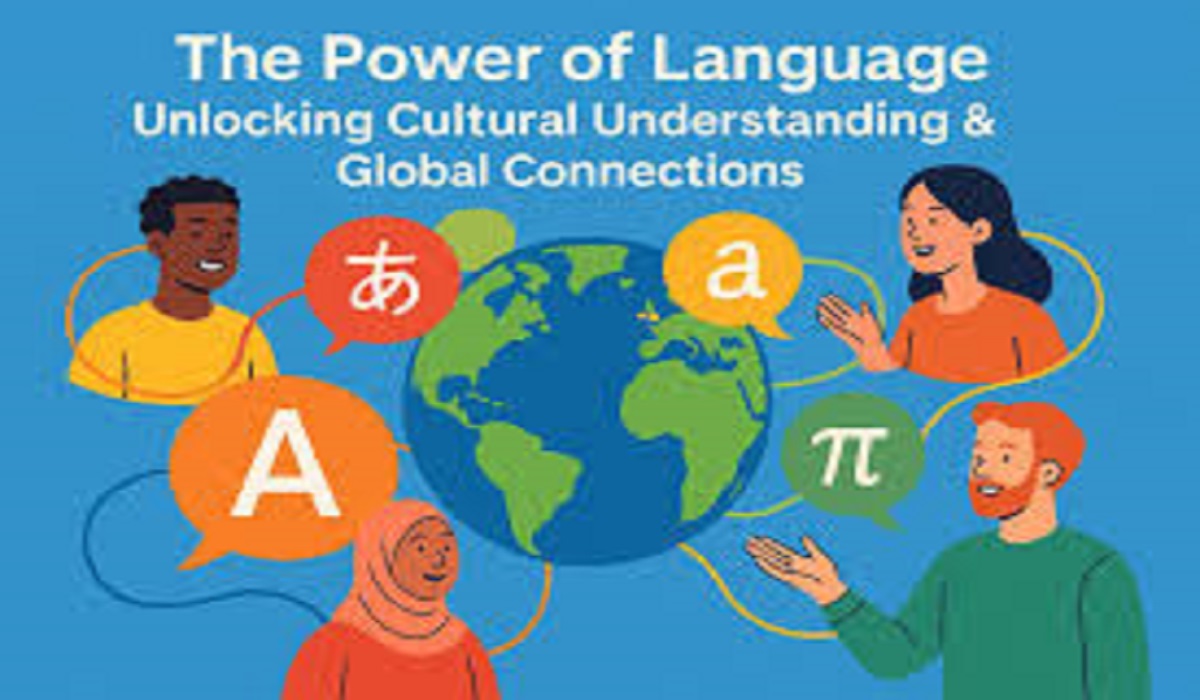Power of Speaking a Second Language
Power of Speaking a Second Language: In today’s interconnected world, speaking a second language is more than just a skill—it’s a powerful tool that opens doors to new opportunities, enhances cognitive abilities, and fosters deeper cultural understanding. Whether for career advancement, travel, or personal growth, bilingualism and multilingualism offer countless benefits.
At TeacherEducator.com, we explore the latest research, trends, and practical tips on language learning. In this comprehensive guide, we’ll dive into why speaking a second language is essential, how it impacts the brain, and the best ways to improve fluency.
Why Speaking a Second Language Matters
Cognitive Benefits
Studies show that bilingual individuals have better memory retention, multitasking abilities, and even a reduced risk of dementia. The brain’s executive function improves as it constantly switches between languages.
Career Advantages
Many employers prioritize bilingual candidates, especially in global industries like business, healthcare, and education. Speaking another language can lead to higher salaries and more job opportunities.
Social and Cultural Connections
Language is the key to understanding cultures. Speaking a second language allows deeper connections with people from different backgrounds and enriches travel experiences.
How Learning a Second Language Boosts Brain Power?
Improved Memory
Learning vocabulary and grammar strengthens neural pathways, enhancing both short-term and long-term memory.
Enhanced Problem-Solving Skills
Bilingual individuals often think more creatively and adapt quickly to new challenges.
Delayed Cognitive Decline
Research indicates that speaking multiple languages can delay Alzheimer’s and other age-related cognitive disorders by up to 5 years.
The Best Ways to Practice Speaking a Second Language
Language Exchange Programs
Platforms like Tandem and HelloTalk connect learners with native speakers for mutual practice.
Immersion Techniques
Traveling or living in a country where the language is spoken accelerates learning.
Using Technology & Apps
Apps like Duolingo, Babbel, and Rosetta Stone provide interactive speaking exercises.
Overcoming Common Challenges in Language Learning
Fear of Making Mistakes
Mistakes are part of learning—embrace them to improve faster.
Lack of Practice Opportunities
Join online communities or local language meetups to practice regularly.
Staying Motivated
Set small, achievable goals and track progress to maintain enthusiasm.
Success Stories: How Bilingualism Changed Lives
Professional Growth
Many professionals credit their second language for promotions and international job offers.
Personal Development
Learning a language builds confidence and discipline.
Travel & Cultural Experiences
Speaking the local language transforms travel from touristy to deeply immersive.
FAQs About Speaking a Second Language
1. How long does it take to become fluent in a second language?
It varies, but with consistent practice, basic fluency can take 6 months to 2 years.
2. What’s the easiest language to learn for English speakers?
Spanish, French, and Italian are among the easiest due to similar vocabulary.
3. Can adults learn a second language as well as children?
Yes! While children learn faster, adults have better focus and learning strategies.
4. How can I practice speaking if I don’t know native speakers?
Use language apps, online tutors, or virtual exchange programs.
5. Does speaking a second language really improve brain health?
Absolutely—studies confirm enhanced memory, focus, and delayed cognitive decline.
Conclusion
Speaking a second language is a transformative skill with lifelong benefits. Whether for career growth, brain health, or personal enrichment, the effort is well worth it. At TeacherEducator.com, we encourage continuous learning—start your language journey today!
